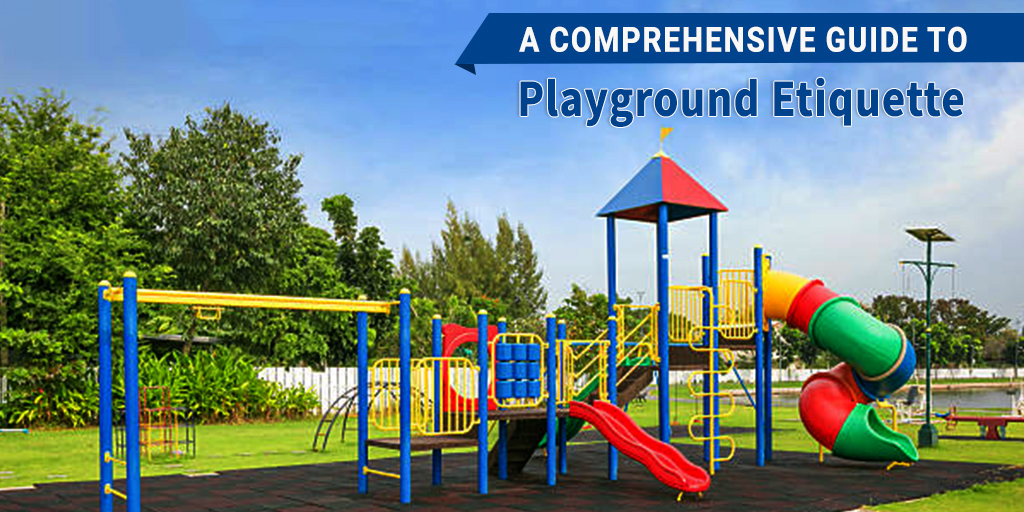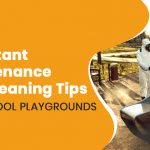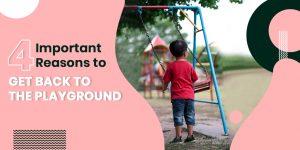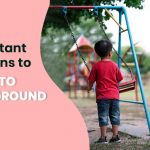While the playground is an awesome place for kids to play, make new friends, learn new skills, and burn off pent-up energy, practicing good manners can be challenging for kids. A trip to the playground can become a lot less fun if there is a lack of playground etiquette.
This blog will address some points of playground etiquette and how to handle common challenges with grace.
#Sharing
Sharing is a good idea and instills a sense of empathy in kids. However, there are exceptions to this as well. Can everything be shared, or is there a need to have limits? How far can we go with sharing?
Listed below are some tips for various types of sharing situations:
1) Playground Equipment
What should you do when your kids sit on the park’s only see-saw and a line starts forming? Don’t rush and tell your kids to get off. Be gentle with them and tell them to get off in a couple of minutes.
This will show your children that you not only care about their time but are respectful of others’ time as well. Giving up the playground equipment to other kids in a timely fashion will teach your kids the virtue of sharing.
2) Toys
At playgrounds, your kids might come across many unattended toys. But is it okay for your kids to borrow and play with them? The answer lies in the type of toy. If your child comes across a toddler’s toy, it is best to look for the toy’s rightful owner immediately.
However, if your child picks up an older kid’s toy, it is acceptable to allow your kid to play with it for a while. Most parents will not mind letting other children borrow a toy. But it’s a good idea to always ask permission first.
3) Food
When it comes to food, the answer is straightforward – do not offer food to a kid you are not responsible for. Always ask the caretaker first. Even though sharing a snack with your child’s new friend seems a kind thing to do, it is best to first check with the child’s guardian. You never know if they have dietary restrictions or allergies. So it’s better to always be cautious before feeding them.
#Take Turns
It’s easy for children to get excited about a slide or swing and become impatient to wait for their turn. If you notice impatience in your kids, help them see the importance of patience. Let them know that it is easy for a younger child to get injured when rushed or shoved to the side.
If you have an older kid, encourage them to look out for younger siblings or friends. Ensure that you also warn your younger kids to watch out for older kids who play intensely.
Another thing to keep in mind is that children tend to play nicer when they get to know one another. You can start with introducing the smaller kids to the older ones on the playground.
Read our recent blog to know more about how you can help your kids make friends in the playground.
Final Takeaway – Packing for the Playground
Be diligent in the things you pack before heading to the playground with your kids. Keep in mind that the toys you bring could get lost or possibly shared. If you do not want to take that chance, it’s best to leave the toy at home.
Be aware that children of varying ages come to the park, so bring toys that are appropriate to all ages.
Your kids will burn a lot of energy on the playground. Therefore, it’s best to have plenty of water on hand to keep your kids hydrated. Carry snacks that are free of any major allergens, and ask the permission of the other child’s caretaker before sharing your snacks.
Lastly, bring along a mini first aid kit. It can include bandages, antibiotic cream, extra face masks, hand sanitizer, and sanitary wipes. Also, we are still very much in the middle of a pandemic, so it’s best to follow COVID-related safety guidelines before stepping outdoors with your kids.









